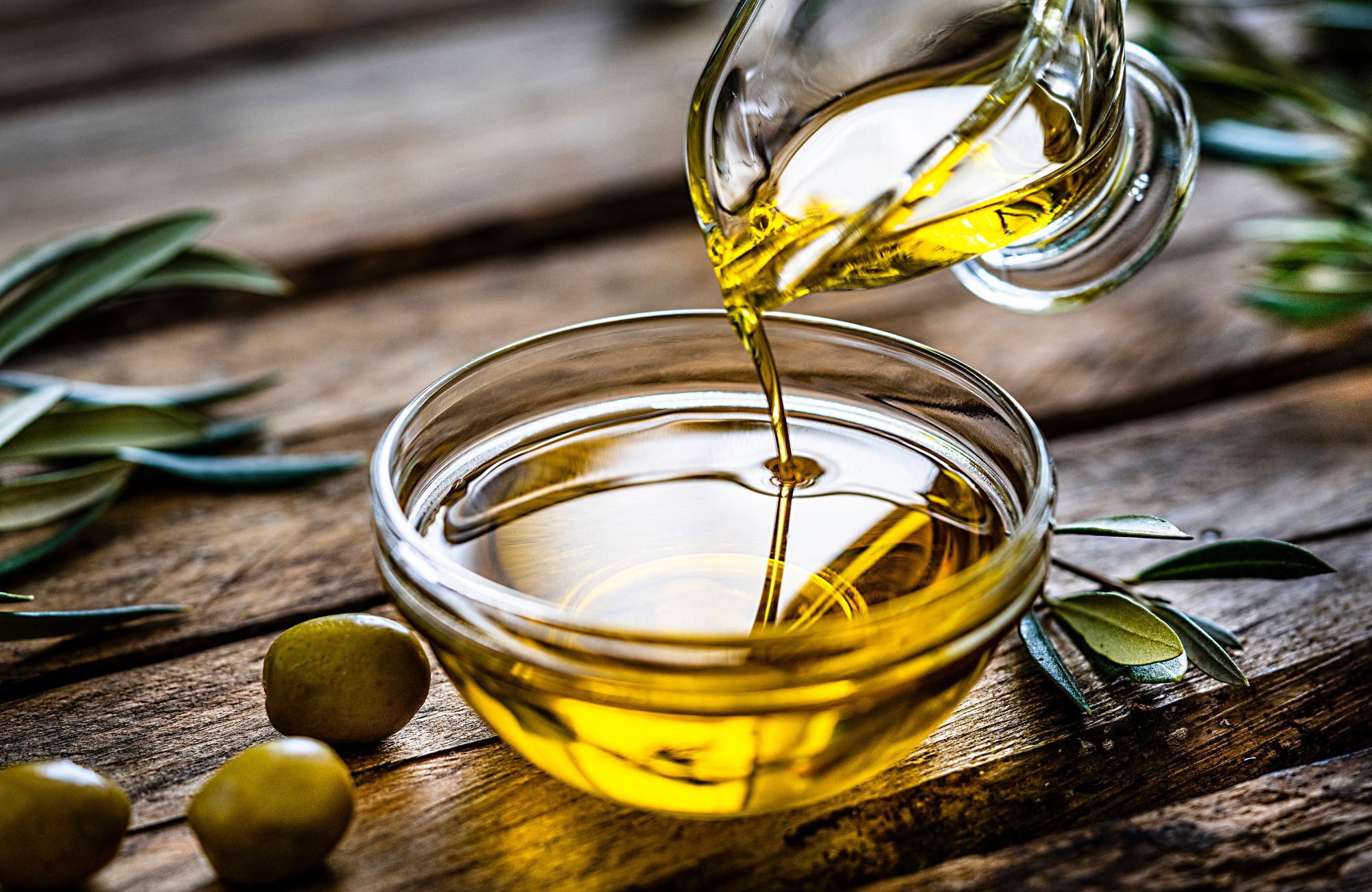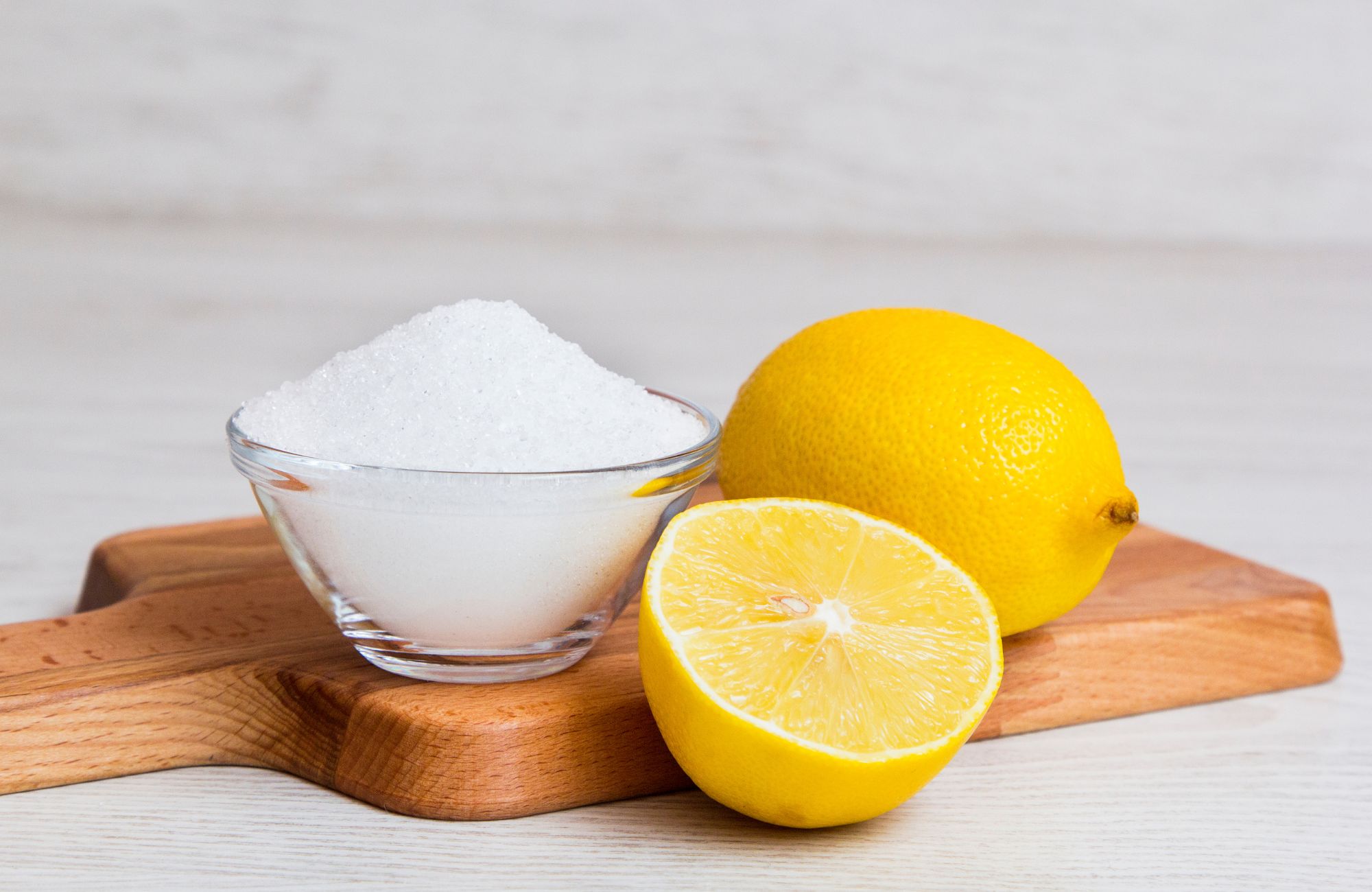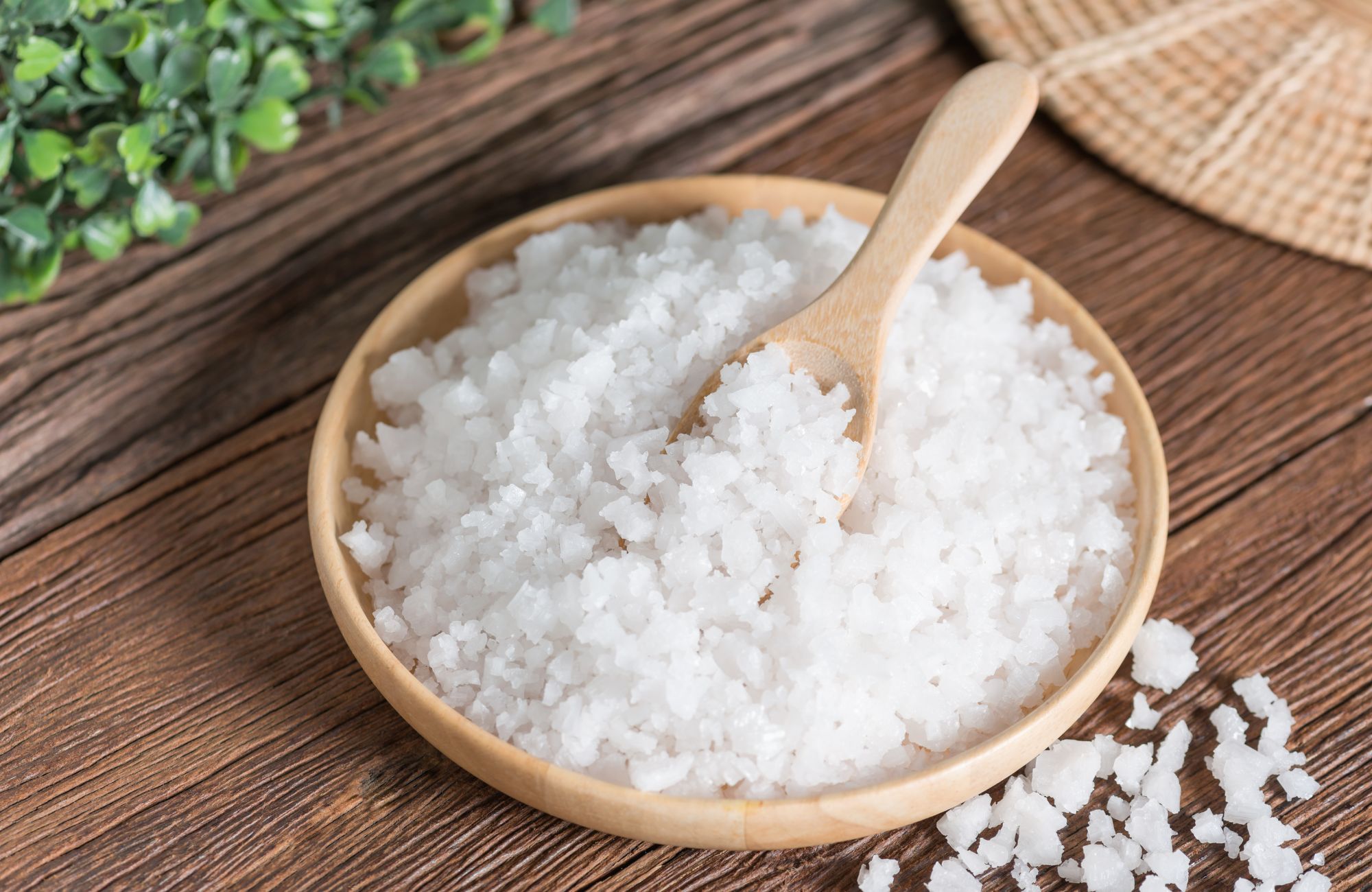
Can You Fry With Olive Oil? The Complete Guide
Have you ever stood in your kitchen, olive oil in hand, wondering if you’re about to make a culinary mistake? The debate over frying with olive oil has raged for years, with passionate voices on both sides. Some swear it’s a kitchen sin, while others confidently pour the golden liquid into their sizzling pans.
It’s time to separate fact from fiction and answer the burning question once and for all: Can you fry with olive oil? The short answer is yes, but there’s much more to the story. In this comprehensive guide, we’ll explore the science, taste considerations, and practical tips to help you confidently use olive oil for all your frying needs.
Understanding Olive Oil Basics
Before diving into frying techniques, let’s understand what makes olive oil unique among cooking oils.
Olive oil comes in several varieties, each with different characteristics that affect how they perform under heat:
- Extra virgin olive oil (EVOO): The highest quality, made from pure, cold-pressed olives without chemical processing. It has the most robust flavor and contains the most antioxidants and beneficial compounds.
- Virgin olive oil: Similar to extra virgin but with slightly higher acidity and somewhat less intense flavor.
- Light or refined olive oil: Despite the name, “light” refers to color and flavor, not calories. These oils undergo processing that removes some flavor compounds but typically results in a higher smoke point.
The composition of olive oil sets it apart from other cooking oils. It’s primarily monounsaturated fat (about 73%), with smaller amounts of polyunsaturated and saturated fats. This composition contributes to both its health benefits and its stability when heated. Unlike many seed oils, high-quality olive oil also contains natural antioxidants and anti-inflammatory compounds that may help protect it—and your body—from damage, even when heated.
The Science of Smoke Points: What Really Happens
The smoke point of an oil is the temperature at which it starts to break down and smoke, signaling potential changes in flavor and composition. Olive oil often gets a bad rap for having a low smoke point, but that’s only part of the story. In fact, extra virgin olive oil typically smokes between 375 to 405°F (190 to 207°C), while refined or light olive oil can handle up to 470°F (243°C). That’s well within the range for most frying, as pan-frying usually stays around 250°F (121°C), and deep-frying ranges from 320 to 356°F (160 to 180°C).
Factors like freshness, quality, and acidity also affect how well olive oil holds up to heat. Fresher, high-quality olive oils with lower acidity generally have higher smoke points. And while it’s best to avoid prolonged smoking, a little smoke during cooking isn’t as harmful as it’s sometimes made out to be. Bottom line: Olive oil, especially when chosen carefully, can absolutely be used for frying.
Health Implications: What the Science Says
If you’re worried about olive oil becoming toxic or carcinogenic when heated, you’ll be relieved to know that scientific evidence doesn’t support these fears.
Multiple studies have examined olive oil’s stability at high temperatures:
- A 2014 study in the Journal of Agricultural and Food Chemistry found that olive oil is more stable than seed oils when heated to frying temperatures.
- Research published in Food Chemistry showed that olive oil maintained its integrity much better than sunflower oil after prolonged exposure to high heat.
- Studies have consistently demonstrated that olive oil produces fewer harmful compounds when heated compared to other cooking oils.
The reason lies in olive oil’s chemical makeup. Its high monounsaturated fat content makes it fairly resistant to oxidation, while its natural antioxidants provide additional protection against heat damage.
The USDA recommends olive oil as a healthy cooking oil option, noting its beneficial fatty acid profile and overall positive contribution to dietary patterns. The fact that it maintains many of its nutritional properties when heated only adds to its appeal.
Taste Considerations: Flavor Matters
Beyond health considerations, many cooks also wonder how olive oil affects the taste of fried food. Extra virgin olive oil has a distinct flavor that can carry over during cooking, especially in deep-frying. It may add a warm, fruity, or slightly peppery note, which can either enhance or clash with the dish depending on what you’re making.
For Mediterranean dishes like herb-roasted potatoes or pan-fried fish, olive oil’s flavor is often a welcome addition. However, for more neutral-tasting foods or recipes like certain Asian stir-fries or desserts, a milder oil may be preferable. In taste tests, food fried in olive oil versus neutral oils like canola shows some flavor differences, but these are less noticeable in dishes with bold seasonings or sauces.
Different Frying Methods with Olive Oil
Deep-Frying
Yes, you can deep-fry with olive oil, though there are some considerations:
- Cost: Deep-frying requires a lot of oil, and olive oil—especially extra virgin—is more expensive than alternatives like vegetable or canola oil.
- Temperature control: Monitor the oil temperature carefully to keep it below the smoke point. For extra virgin olive oil, stay below 375°F (190°C).
- Flavor transfer: The olive flavor will become more pronounced with extended use, which may affect multiple batches of food.
If you do deep-fry with olive oil, use it only once. Reusing any oil after deep-frying can lead to increased degradation and potential formation of unwanted compounds.
Pan-Frying and Sautéing
This is where olive oil truly shines. Pan-frying typically happens at moderate temperatures around 250°F (120°C), well below olive oil’s smoke point. It is perfect for cooking eggs, vegetables, fish, chicken cutlets, fritters, and pancakes. For best results, heat the pan first, then add the olive oil and let it warm for 30 to 60 seconds before adding your food. This helps preserve the oil’s quality and flavor without overheating.
Searing
Searing meat requires high heat, which pushes the limits of extra virgin olive oil’s smoke point. However, it’s still possible with the right approach:
- Pat the meat dry before cooking to prevent excessive smoking
- Use a combination of olive oil and butter for higher-temperature searing (the milk solids in butter will brown before the oil smokes)
- Accept that some smoking may occur and ensure proper ventilation
Many professional chefs regularly sear with olive oil, particularly for Mediterranean dishes where the flavor profile is desirable.
Practical Tips for Success
To make the most of frying with olive oil:
- Choose the right olive oil: For everyday frying, use virgin or light olive oil. Choose extra virgin for low-heat cooking with rich flavor, and refined olive oil for high-heat cooking on a budget.
- Manage temperature wisely: Use a thermometer when deep-frying, heat pans gradually, and add food at the right time to avoid overheating the oil.
- Control smoking: Ensure good ventilation, avoid overheating the oil, and keep pans clean since residue can burn easily.
- Mix oils when needed: For very high-heat cooking, consider blending olive oil with a higher smoke point oil. A 50/50 mix of olive oil and avocado oil works well for high-temperature applications.
- Storage matters: Store olive oil away from light and heat, and use it within a few months of opening for best results. Fresh olive oil performs better in high-heat cooking.
Conclusion
The belief that olive oil isn’t suitable for frying is a long-standing myth. In reality, olive oil is not only safe to cook with at typical frying temperatures, but it also offers flavor, health benefits, and centuries of culinary tradition. By choosing the right type of olive oil and managing your cooking temperatures, you can confidently use it for everything from quick sautés to more involved frying techniques.
At US Sweeteners, we believe that better ingredients lead to better meals. Whether you’re stocking your kitchen with premium oils or exploring natural sweetener alternatives, we’re here to help you cook with confidence and quality. Browse our selection or contact us today to learn more.
FAQs
Is it safe to fry with olive oil?
Yes, it’s perfectly safe to fry with olive oil. In fact, regular olive oil is one of the more stable choices for frying due to its natural antioxidants, which help protect it during the cooking process.
Can I use olive oil instead of vegetable oil to fry?
Yes, you can substitute olive oil for vegetable oil in most frying applications. Just make sure you’re using enough olive oil to evenly coat your pan or submerge the food, depending on your method.
What oil is best for frying?
The best oil for frying depends on your needs. Avocado oil and refined options like corn oil are great for very high-heat frying, while olive oil works wonderfully for pan-frying when its flavor complements the dish.
Is frying food in olive oil bad for cholesterol?
No, frying food in olive oil is not bad for cholesterol. It’s actually one of the healthier choices, as it’s rich in heart-friendly monounsaturated fats and supports a balanced approach to the overall cooking process.



Leave a Reply